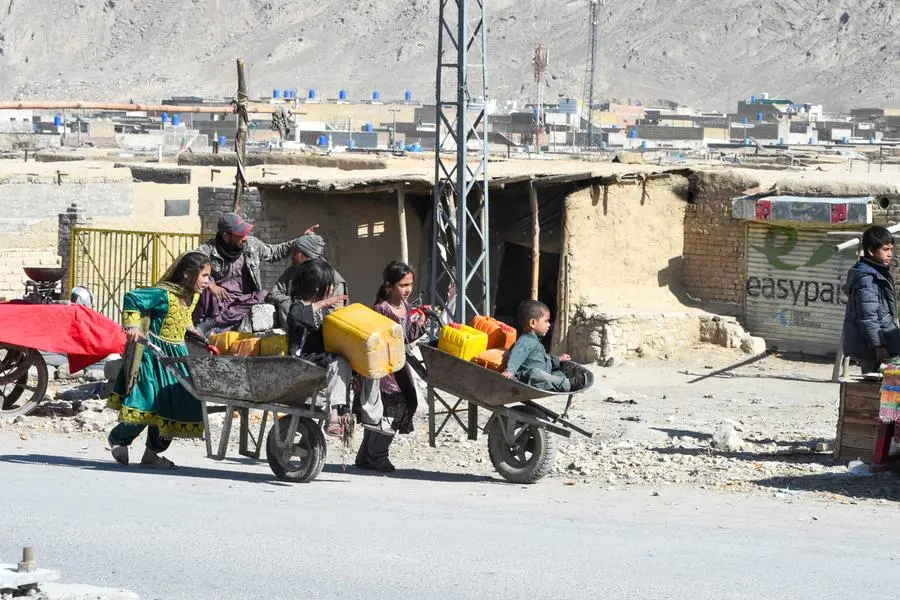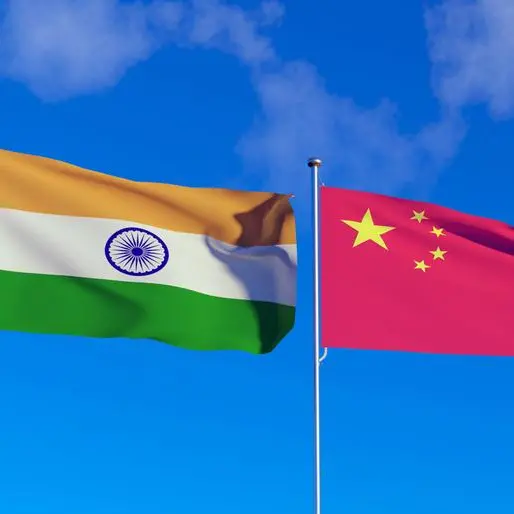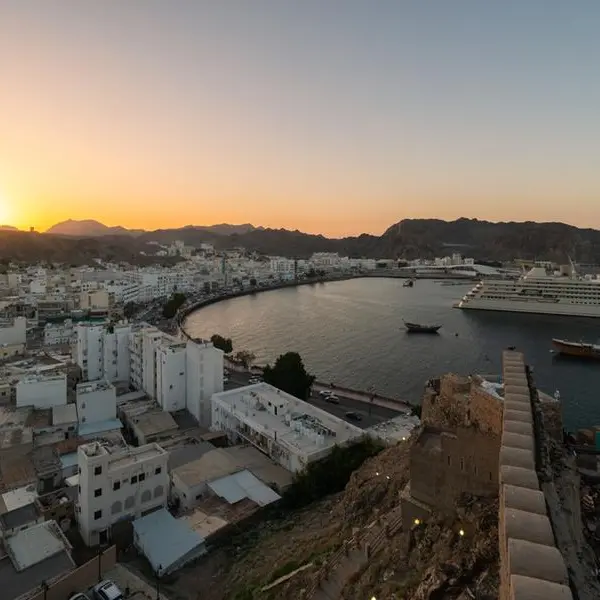PHOTO
Pakistan is facing a 30 percent water shortage at the start of the sowing season for cash crops such as rice and cotton, the country's water regulator said.
The Indus River System Authority (IRSA) said the gap is based on lower-than-normal winter snowfall in Pakistan's northern glacier region, affecting catchment areas of the Indus and Jhelum Rivers that are used for irrigation.
Kharif crops, or monsoon crops, including rice, maize, sugarcane and cotton are sown in April and require a wet and warm climate with high levels of rainfall.
"There was less snow than normal as a result of climate change affecting the country's glaciers," Muhammad Azam Khan, assistant researcher with IRSA, which regulates the distribution of water resources along the Indus river, told AFP on Wednesday.
"This will have a direct impact on the availability of water for kharif crops in the summer."
The water shortage gap is expected to narrow as the monsoon rains arrive later in the season.
However, the country's meteorological department has also forecast higher than normal temperatures during monsoon season, increasing uncertainty.
Agriculture is the largest sector of Pakistan's economy, contributing about 24 percent of its GDP.
But it has been criticised for being water inefficient.
"What this current water shortfall means for the crops is that authorities will have to better plan on how to utilise the water that is allotted to them," said IRSA's Khan.
Pakistan, the world's fifth largest country with a population of more than 250 million, has recently been grappling with the profound impacts of climate change which includes shifting and unpredictable weather patterns.
Devastating floods in 2022 -- which scientists linked to climate change -- that affected more than 30 million people also severely impacted Pakistan's cotton crop that year.





















